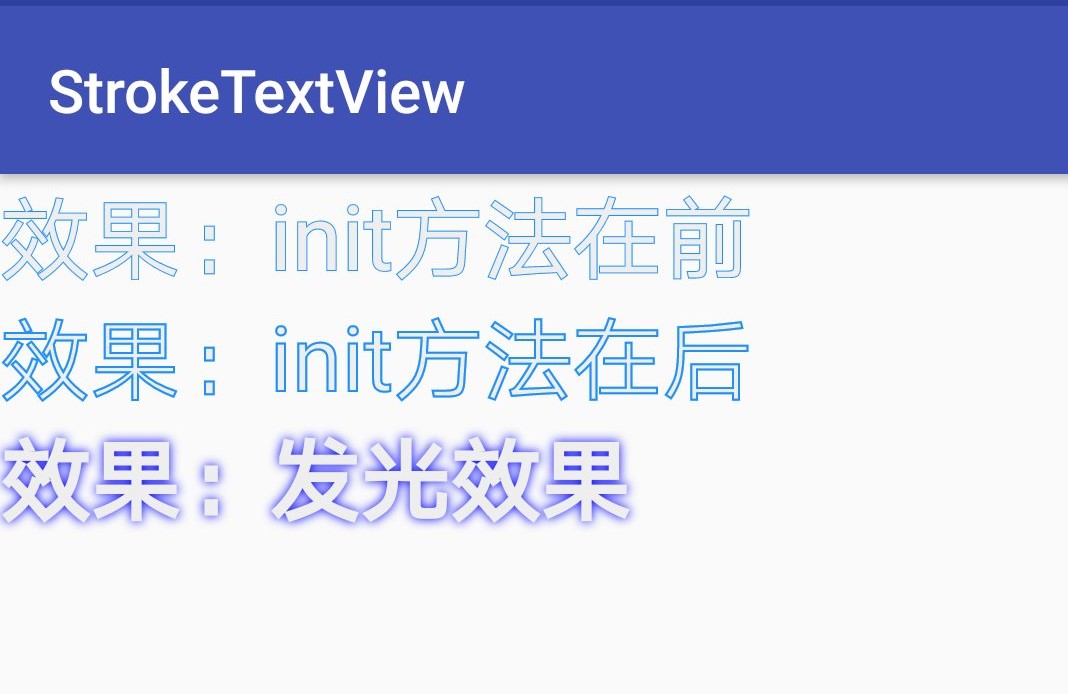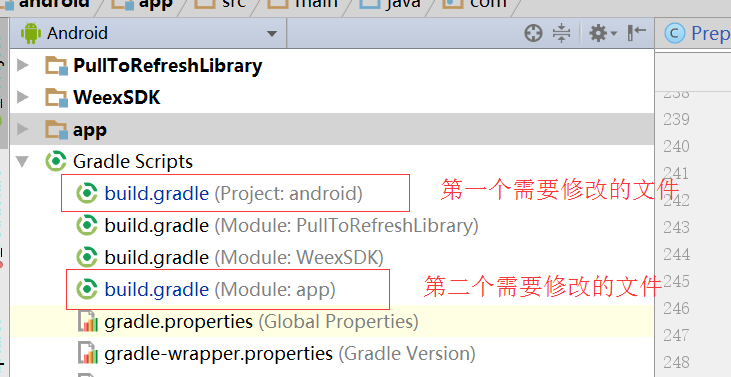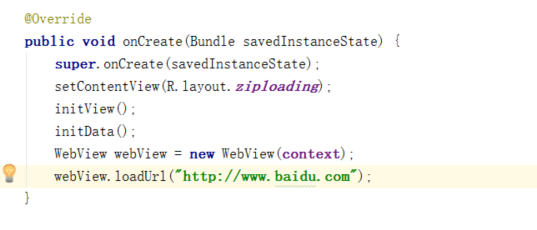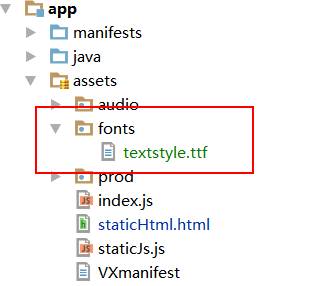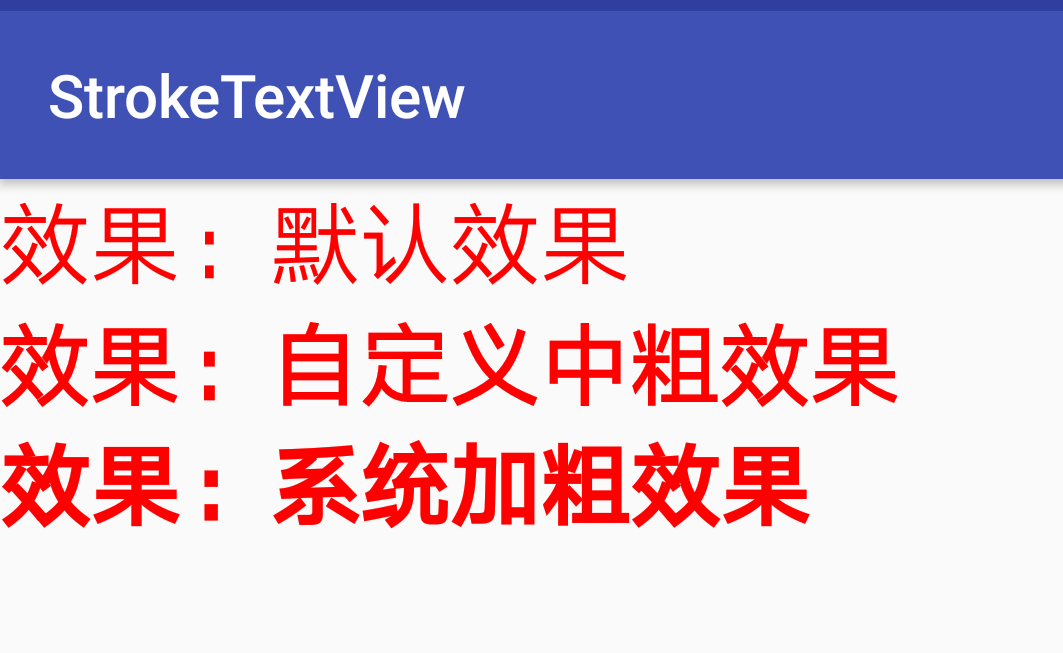我想我有同样的问题
here,但没有答案.
我有一个带有ViewPager的Activity和一个包含Fragment的FrameLayout.它看起来像这样:
Activity
|— ViewPager
|-FragmentA
|— Framelayout
|— FragmentB
|— FragmentC (here I called fragmentC.setTargetFragment method).
当我旋转设备时.我会收到这个错误:
E/AndroidRuntime(10354): Caused by: java.lang.IllegalStateException: Fragment no longer exists for key android:target_state: index 1 E/AndroidRuntime(10354): at android.support.v4.app.FragmentManagerImpl.getFragment(FragmentManager.java:586) E/AndroidRuntime(10354): at android.support.v4.app.FragmentManagerImpl.movetoState(FragmentManager.java:885) E/AndroidRuntime(10354): at android.support.v4.app.FragmentManagerImpl.movetoState(FragmentManager.java:1136) E/AndroidRuntime(10354): at android.support.v4.app.FragmentManagerImpl.movetoState(FragmentManager.java:1118) E/AndroidRuntime(10354): at android.support.v4.app.FragmentManagerImpl.dispatchCreate(FragmentManager.java:1922) E/AndroidRuntime(10354): at android.support.v4.app.Fragment.performCreate(Fragment.java:1776) E/AndroidRuntime(10354): at android.support.v4.app.FragmentManagerImpl.movetoState(FragmentManager.java:915) E/AndroidRuntime(10354): at android.support.v4.app.FragmentManagerImpl.movetoState(FragmentManager.java:1136) E/AndroidRuntime(10354): at android.support.v4.app.FragmentManagerImpl.movetoState(FragmentManager.java:1118) E/AndroidRuntime(10354): at android.support.v4.app.FragmentManagerImpl.dispatchCreate(FragmentManager.java:1922) E/AndroidRuntime(10354): at android.support.v4.app.FragmentActivity.onCreate(FragmentActivity.java:266) E/AndroidRuntime(10354): at com.example.android.animationsdemo.MyActivity.onCreate(MyActivity.java:20)
如果我不调用fragmentC.setTargetFragment方法或我没有为Viewpager设置适配器,一切正常.
这是我的代码:
活动:
public class MyActivity extends FragmentActivity{
@Override
protected void onCreate(Bundle savedInstanceState) {
super.onCreate(savedInstanceState);
setContentView(R.layout.my_activity);
ViewPager mViewPager = (ViewPager) findViewById(R.id.pager);
TabsAdapter tabsAdapter = new TabsAdapter(this);
mViewPager.setAdapter(tabsAdapter);
findViewById(R.id.button).setonClickListener(new View.OnClickListener() {
@Override
public void onClick(View v) {
MyFragmentB fragmentA = new MyFragmentB();
getSupportFragmentManager().beginTransaction().add(R.id.flContainer,fragmentA,"TAG").addToBackStack("back").commit();
}
});
}
public static class TabsAdapter extends FragmentPagerAdapter {
private final Context mContext;
private final ArrayList<TabInfo> mTabs = new ArrayList<TabInfo>();
static final class TabInfo {
private final Class<?> clss;
private final Bundle args;
TabInfo(Class<?> _class,Bundle _args) {
clss = _class;
args = _args;
}
}
public TabsAdapter(FragmentActivity activity) {
super(activity.getSupportFragmentManager());
mContext = activity;
TabInfo tabInfo = new TabInfo(MyFragmentA.class,null);
mTabs.add(tabInfo);
}
@Override
public Fragment getItem(int position) {
TabInfo info = mTabs.get(position);
return Fragment.instantiate(mContext,info.clss.getName(),info.args);
}
@Override
public int getCount() {
return mTabs.size();
}
}
}
活动布局:
<LinearLayout xmlns:android="http://schemas.android.com/apk/res/android"
android:layout_width="match_parent"
android:layout_height="match_parent"
android:orientation="vertical">
<Button
android:id="@+id/button"
android:layout_width="match_parent"
android:layout_height="wrap_content"
android:text="Add Fragment B"/>
<FrameLayout
android:layout_width="match_parent"
android:layout_height="300dip"
android:id="@+id/flContainer" >
<TextView
android:layout_width="match_parent"
android:layout_height="200dp"
android:text="wrtadfa"/>
</FrameLayout>
<android.support.v4.view.ViewPager
android:id="@+id/pager"
android:layout_below="@+id/rlContainer"
android:layout_width="match_parent"
android:layout_height="300dip" />
</LinearLayout>
和FragmentA:
public class MyFragmentA extends Fragment {
@Override
public void onAttach(Activity activity) {
super.onAttach(activity);
}
@Override
public View onCreateView(LayoutInflater inflater,ViewGroup container,Bundle savedInstanceState) {
View myFragmentView = inflater.inflate(R.layout.fragment_a,container,false);
return myFragmentView;
}
}
FragmentA布局:
<LinearLayout xmlns:android="http://schemas.android.com/apk/res/android"
android:layout_width="fill_parent"
android:layout_height="fill_parent"
android:orientation="vertical" >
<TextView
android:layout_width="match_parent"
android:layout_height="wrap_content"
android:text="It's Fragment A" />
</LinearLayout>
片段B:
public class MyFragmentB extends Fragment implements MyFragmentC.CallBack {
@Override
public View onCreateView(LayoutInflater inflater,Bundle savedInstanceState) {
View myFragmentView = inflater.inflate(R.layout.fragment_b,false);
myFragmentView.findViewById(R.id.button).setonClickListener(new View.OnClickListener() {
@Override
public void onClick(View v) {
MyFragmentC fragmentA = new MyFragmentC();
//This caused the problem
fragmentA.setTargetFragment(MyFragmentB.this,0);
getChildFragmentManager().beginTransaction().add(R.id.flContainer2,"TAG").addToBackStack("back").commit();
}
});
return myFragmentView;
}
}
fragment_b.xml:
<?xml version="1.0" encoding="utf-8"?>
<LinearLayout xmlns:android="http://schemas.android.com/apk/res/android"
android:layout_width="fill_parent"
android:layout_height="fill_parent"
android:background="#888888"
android:orientation="vertical" >
<TextView
android:layout_width="match_parent"
android:layout_height="wrap_content"
android:text="It's Fragment B" />
<TextView
android:id="@+id/c_received"
android:layout_width="match_parent"
android:layout_height="wrap_content" />
<Button
android:id="@+id/button"
android:layout_width="match_parent"
android:layout_height="wrap_content"
android:text="Add Fragment C"/>
<FrameLayout
android:id="@+id/flContainer2"
android:layout_width="match_parent"
android:layout_height="match_parent">
</FrameLayout>
</LinearLayout>
FragmentC:
public class MyFragmentC extends Fragment {
public static interface CallBack{
//some call back
}
@Override
public void onAttach(Activity activity) {
super.onAttach(activity);
if(getTargetFragment() != null){
CallBack callBack = (CallBack) getTargetFragment();
}
}
@Override
public View onCreateView(LayoutInflater inflater,Bundle savedInstanceState) {
View myFragmentView = inflater.inflate(R.layout.fragment_c,false);
return myFragmentView;
}
}
fragment_c.xml:
<LinearLayout xmlns:android="http://schemas.android.com/apk/res/android"
android:layout_width="fill_parent"
android:layout_height="fill_parent"
android:background="#888888"
android:orientation="vertical" >
<TextView
android:layout_width="match_parent"
android:layout_height="wrap_content"
android:text="It's Fragment C" />
</LinearLayout>
我知道我可以通过让Activity实现MyFragmentC.CallBack而不是FragmentB来实现它.
但我只是好奇为什么会发生???
如果我没有为viewpager设置Adapter或者不在FragmentC中调用“setTargetFragment”.一切都很好.
解决方法
请查看谷歌的讨论主题,建议他们删除setTargetFragment(),而不是使用getParentFragment().更多细节在这里提供:
https://code.google.com/p/android/issues/detail?id=54520


